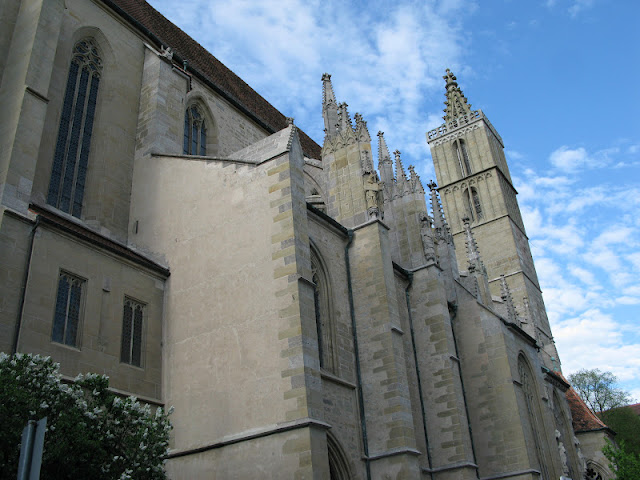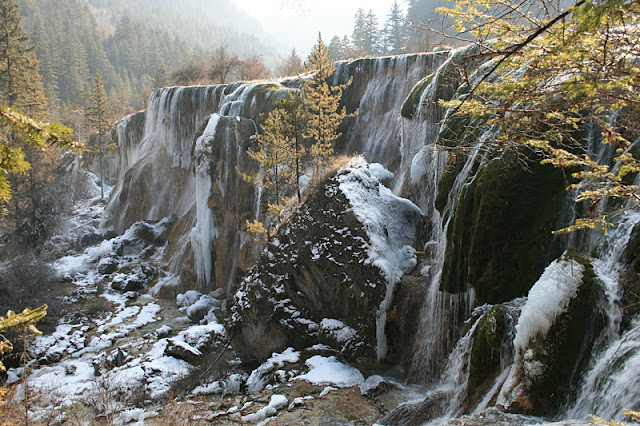 |
| (Wilket Park, Ontario near the Edward Gardens) |
 |
| (Brown, golden and yellow on the green background) |
This time, we travelled to the Algonguin National Park, the Haliburton and the Muskoka areas. We drove through the scenic roads of Highways 35, 60, 118 and 169 in three days. Ontario foliage came slightly late this year as the weather was still warm in October. It was the peak time around the second week of October for foliage in the Central Ontario areas. You can look up the colour report from the Park Canada to find out the ideal time and places.
 |
| (Clear blue sky and the red Maple) |
With clear blue sky and evergreen trees as background, the red Maples, the brown Oaks and the yellow Alpines formed beautiful pictures of the mother nature. We climbed up the viewing tower in Dorset to have the grand view in the surrounding. We also revisited the Spectacular Lake for its peace and calm in the golden autumn.
 |
| (Scene from the Dorset viewing tower) |
 |
| (Motor boats with colourful foliage in the background) |
 |
| (Fallen leaves formed the carpet in the backyard) |
We prefer to drive through the country roads and to enjoy the scenic spots along the roads. Alternatively, you can join the boat tours in the Georgian Bay or the Muskoka Lake. You can enjoy the Ontario foliage in leisure.
 |
| (Stream boat in the Muskoka Lake) |


















































